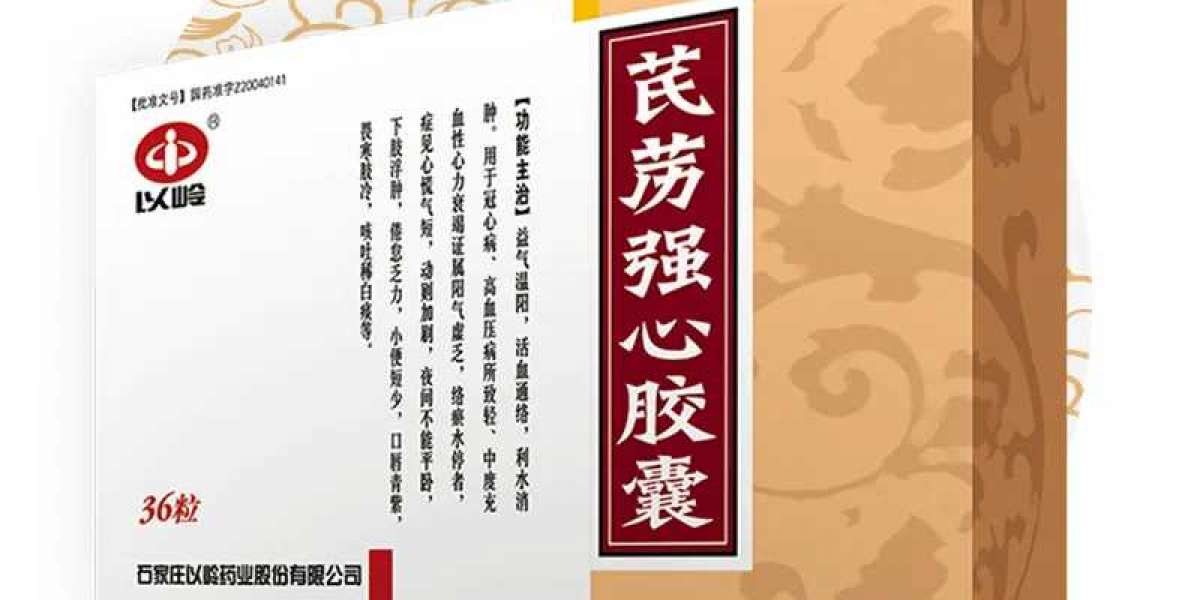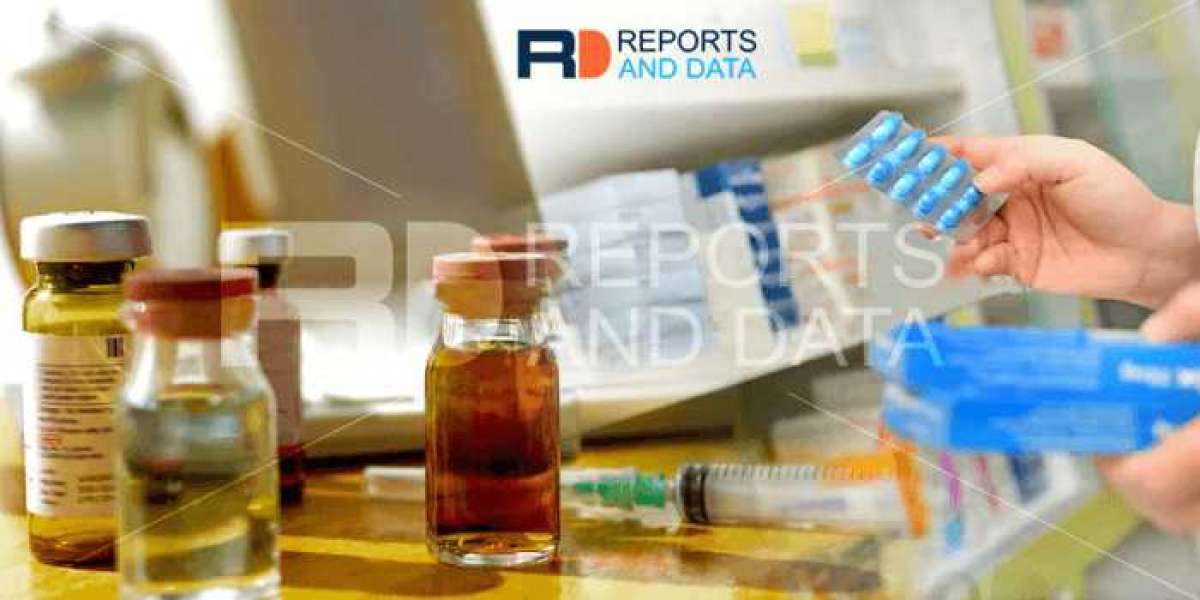Qiliqiangxin, a traditional Chinese medicine, was approved by the State Food and Drug Administration in 2004 to treat heart failure. Our recent multicenter, randomized, double-blind, parallel-group, placebo-controlled study of the effects of Qiliqiangxin capsules on patients with chronic heart failure showed that Qiliqiangxin capsules further reduced plasma N-terminal B-type natriuretic peptide (NT-proBNP) levels over 12 weeks of treatment in the context of standard treatment. However, the underlying mechanism remains unclear.
Recent advances in the study of Qiliqiangxin in improving exercise tolerance and patient quality of life highlight that Qiliqiangxin may exert its beneficial effects through multiple biological mechanisms. One possible mechanism may be to regulate the balance between pro-inflammatory and anti-inflammatory cytokines in heart muscle cells. In addition, it may down-regulate cardiac chymotrypsin signaling pathways and chymotrypsin-mediated AngII production. In addition, it may affect the death and proliferation of heart muscle cells, thereby improving heart remodeling and heart function.
Traditionally, the adult mammalian heart was thought of as a post-mitotic organ without any regenerative capacity. There is growing evidence that cardiomyocytes in adult mammals actually maintain a limited capacity to proliferate. Recently, a study has shown that exercise can induce physiological hypertrophy characterized by hypertrophy and proliferation of cardiomyocytes. Cardiomyocyte proliferation is mediated by the reduction of C/ EBßs and the associated increase of CBP/p300 interacting trans activators with the ED-rich carboxyl terminal domain 4 (CITED4). Interestingly, Qiliqiangxin was reported to decrease C/ EBß and increase CITED4 at 4 weeks after transverse aortic constriction induced cardiac hypertrophy, remodeling, and dysfunction in mice. The changes of C/ EBß and CITED4 were parallel to the enhancement of cardiomyocyte proliferation. In addition, our recent studies have demonstrated that Astragalus (one of the main components of Qiliqiangxin) improves cardiac function in mice after acute myocardial infarction by regulating the mTORC1 signaling pathway, and that mTORC1 also inhibits cell proliferation.
In conclusion, we suggest that Qiliqiangxin may mimic the phenotype of physiologic hypertrophy and induce cardiac regeneration, which is beneficial for heart failure.







